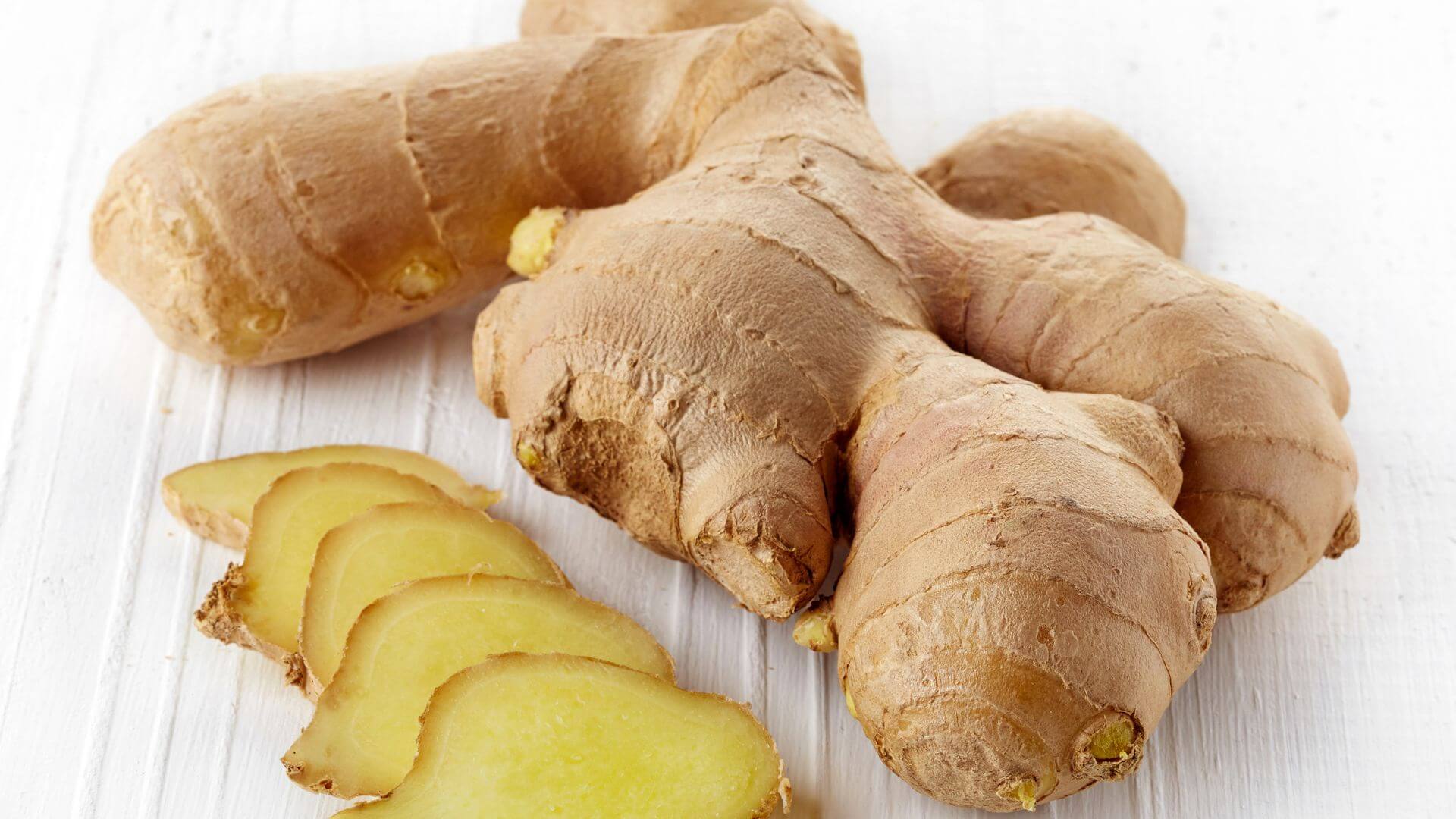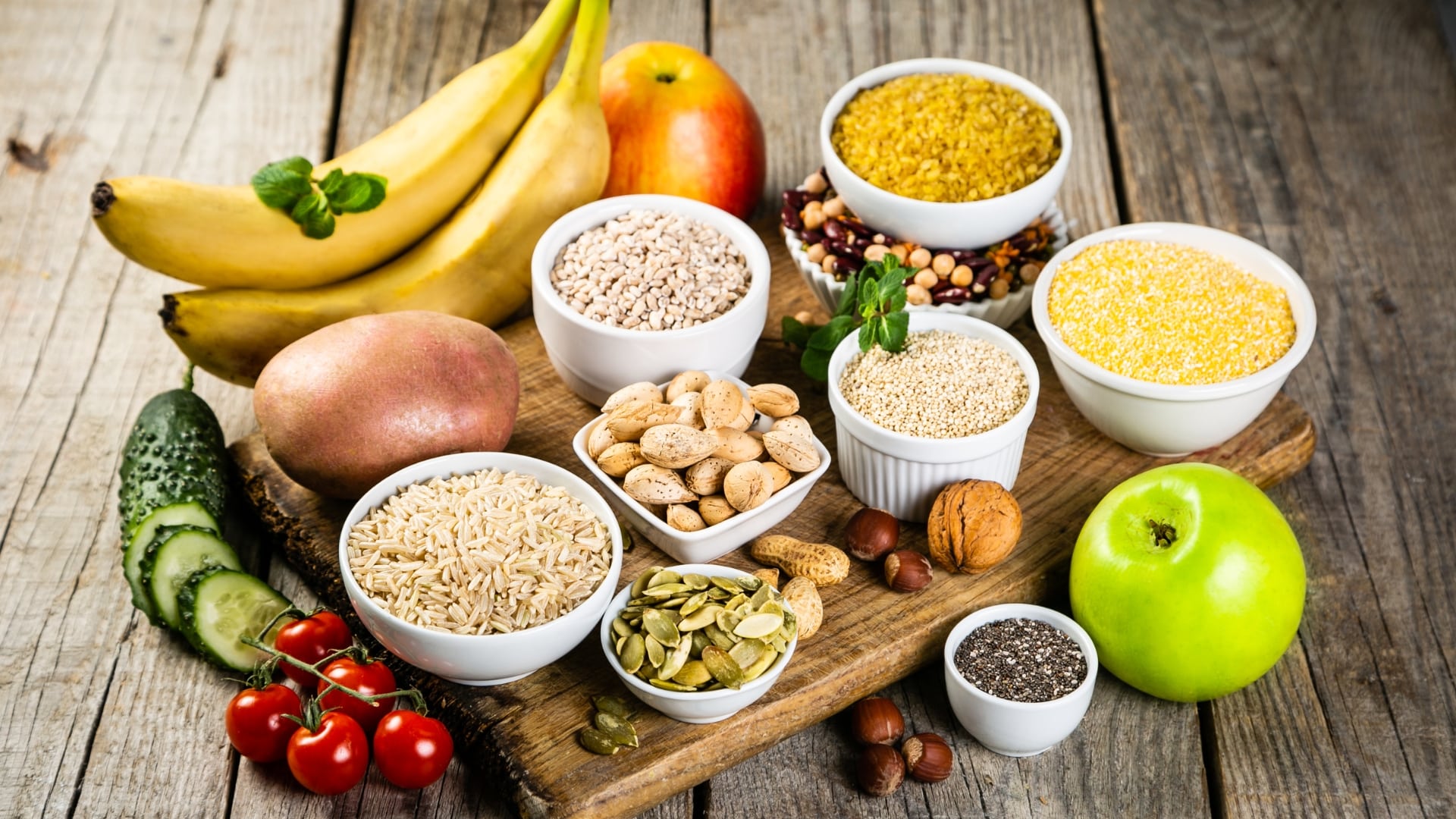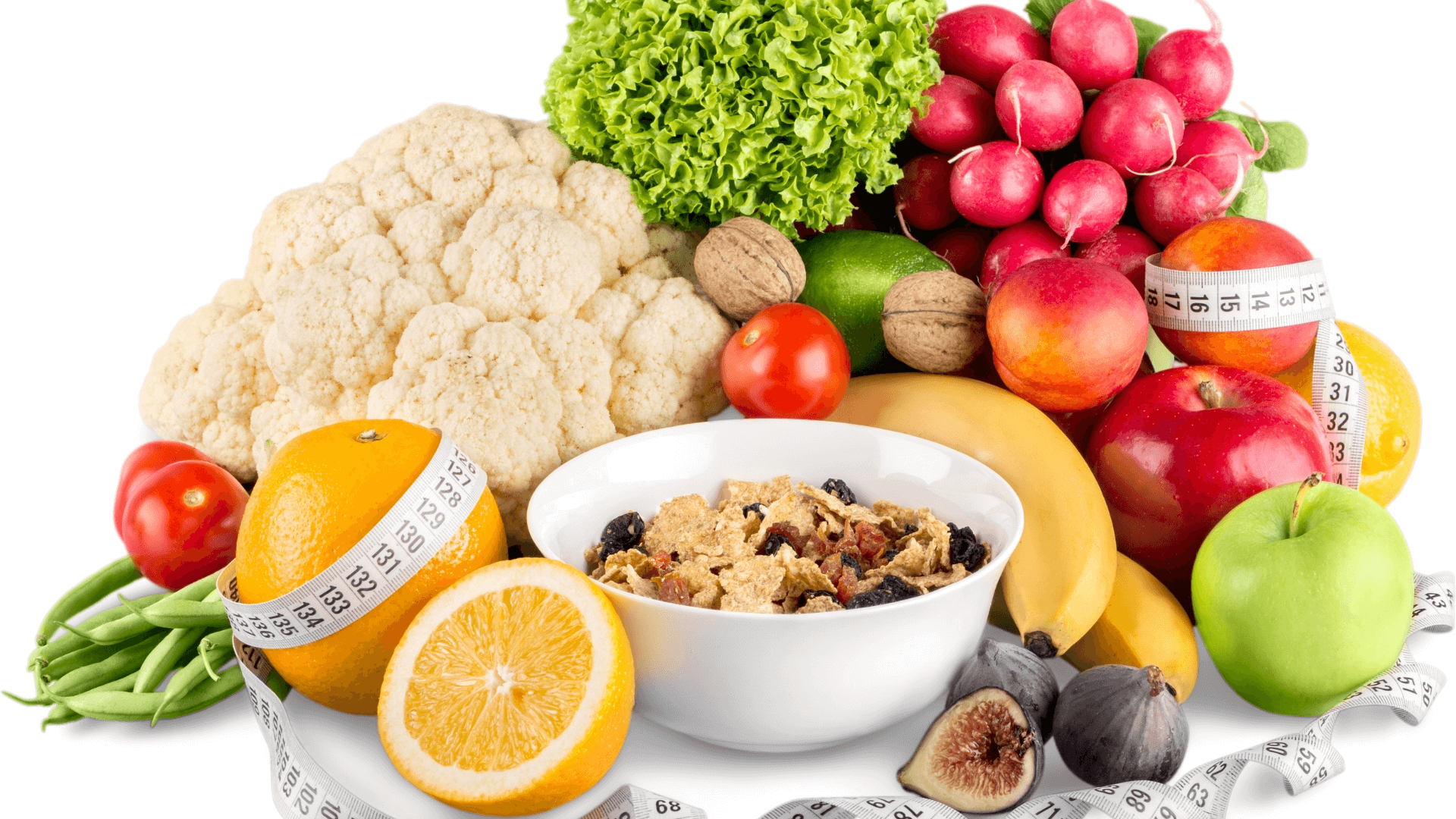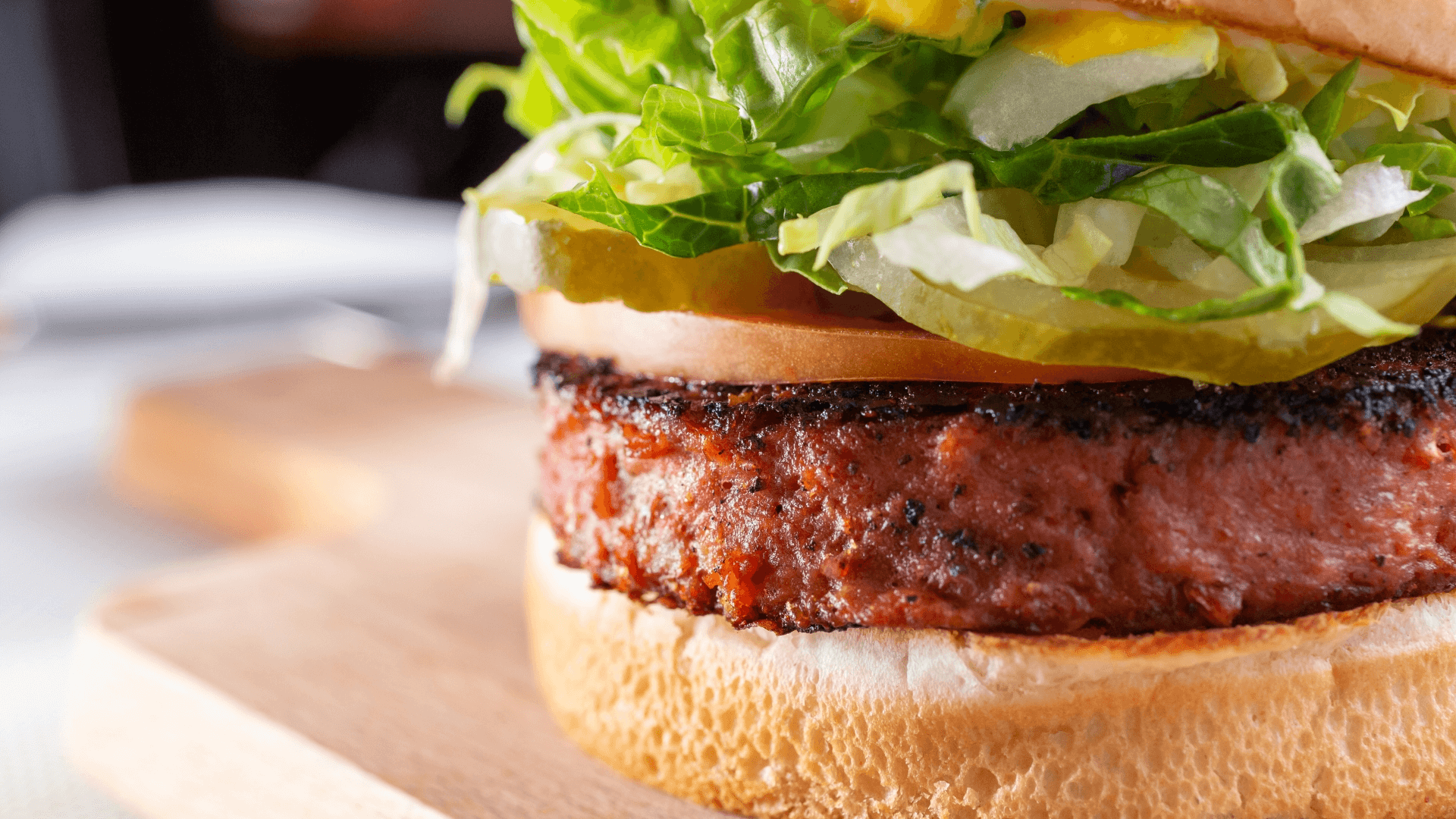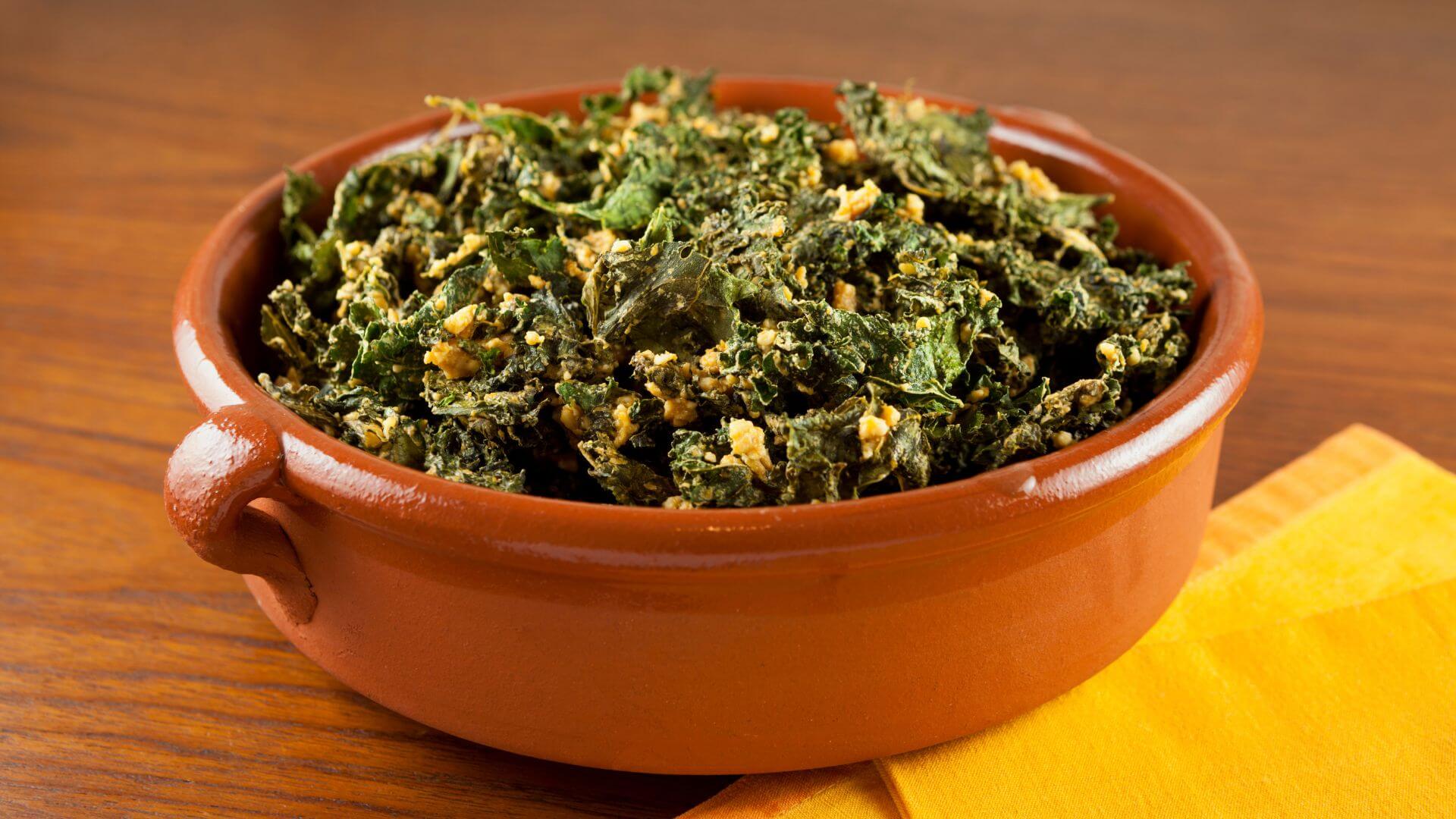Ginger, known scientifically as Zingiber officinale, is more than just a spice. It’s a global phenomenon. Its journey across continents has resulted in a diverse array of varieties, each with unique characteristics and uses.
In this article, we’ll embark on a flavorful exploration of ginger varieties around the world and their distinctive uses in various cuisines and cultures.
Ginger Origins and Spread
Native to Southeast Asia, ginger has traveled extensively. Its pungent and aromatic qualities have made it a favorite in culinary and medicinal practices worldwide. The spice reached the Middle East and the Mediterranean by way of the ancient Silk Road. From there, it spread to Europe and the Americas. Each region that embraced ginger cultivated its own unique varieties, adapting the plant to local tastes and climates.
You can get some fresh ginger roots deliver right to your door, from this link. They have some of the best ginger roots you can order online.
Ginger Varieties and Characteristics
Asian Ginger Varieties
- 1. Chinese Ginger: Predominant in China, this variety is known for its potent aroma. It is often used in traditional Chinese medicine and in cooking for its warming properties.
- 2. Indian Ginger: With a more fibrous texture and robust flavor, Indian ginger is a staple in many Indian curries and tea blends, like the famous ‘Masala Chai’.
- 3. Japanese Ginger (Myoga): Unlike other varieties, Myoga is prized for its flower buds and young shoots, offering a milder flavor. It’s often used as a garnish in Japanese dishes like sushi and miso soup.
African Ginger and Caribbean Ginger Varieties
- 1. African Ginger: Known for its intense heat, African ginger is often used in spice blends and teas. In traditional African medicine, it’s revered for its healing properties.
- 2. Jamaican Ginger: Recognized for its high oil content and rich flavor, Jamaican ginger is a favorite in baking, particularly in gingerbread and other sweet treats.
Australian Ginger Variety
- 1. Australian Ginger: Cultivated primarily in Queensland, this variety is milder and is often candied or used in desserts.
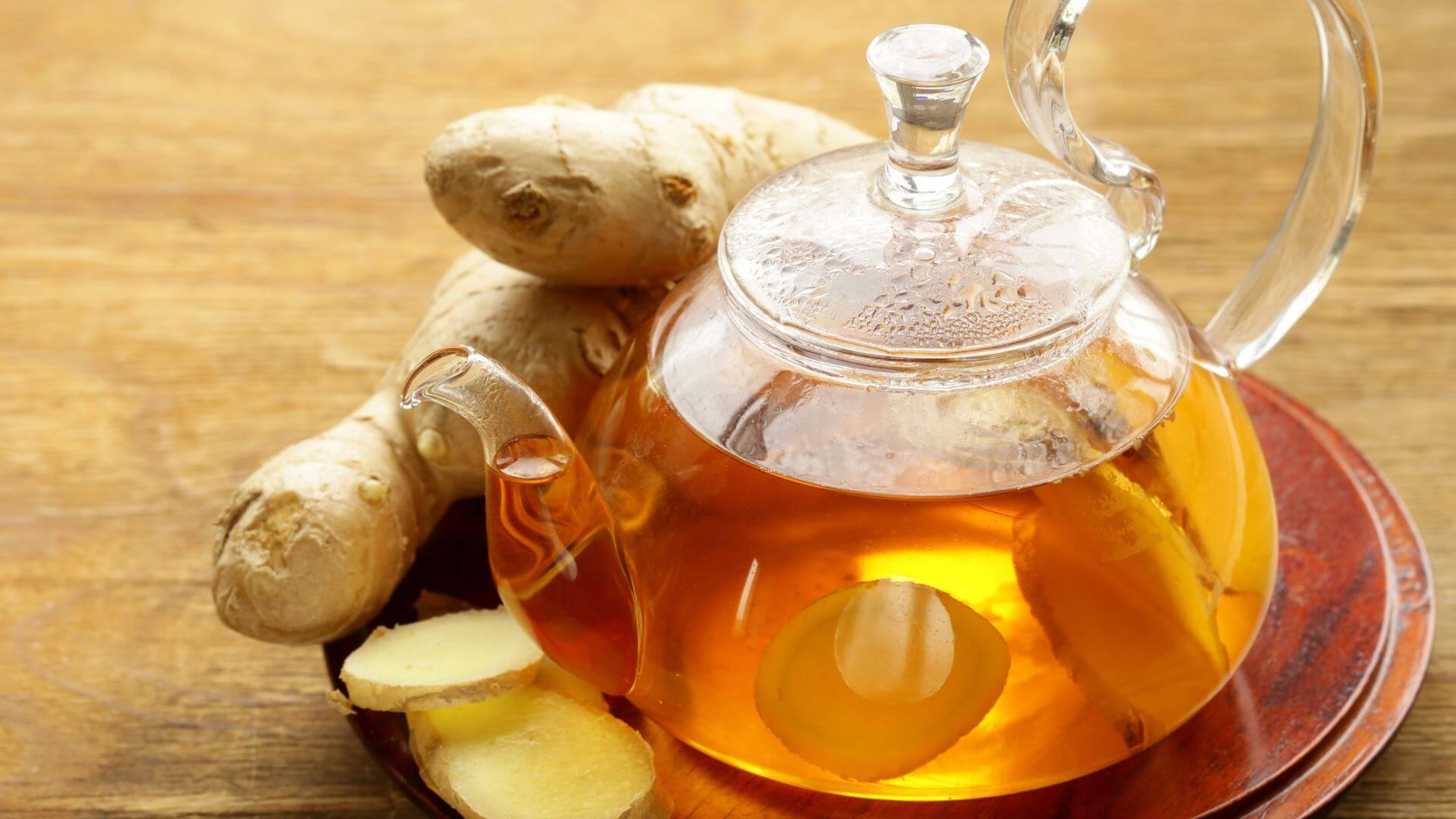
Culinary Uses of Ginger Around the World
The culinary applications of ginger are as diverse as its varieties.
- In Asia, ginger is a fundamental ingredient. In Chinese cuisine, it’s often paired with garlic and scallions to create a flavorful base for dishes. Indian cuisine utilizes ginger in everything from spicy curries to sweet desserts. Japanese cuisine uses Myoga for a subtle touch in delicate dishes.
- In the West, ginger is often associated with sweet dishes like gingerbread and ginger snaps. However, it’s also used in savory dishes, like in the classic British steak and ale pie, where it adds a warm depth.
- In the Caribbean, ginger is a key spice in jerk seasoning, contributing to its unique flavor profile. It’s also used in refreshing beverages like ginger beer.
- African cuisines use ginger liberally in stews and spice blends, like the Ethiopian berbere, showcasing its versatility in both spicy and savory dishes.
Medicinal Uses of Ginger
Ginger’s use extends beyond the kitchen. Across cultures, it’s revered for its medicinal properties. In traditional Chinese medicine, ginger is used to treat colds and digestive issues. Ayurveda, the traditional Indian medicine system, uses ginger to enhance digestion and treat inflammation. In the West, ginger supplements are popular for treating nausea and motion sickness.
You might be interested to read: “The Amazing Health Benefits of Ginger Root“.
In Summary
Ginger’s global journey is a testament to its versatility and appeal. From the fiery African varieties to the milder Australian ginger, each type brings its unique flair to the culinary and medicinal world. This versatile root, with its rich history and diverse applications, truly stands as a unifying element in the world’s pantry.
Therefore, ginger is not just a spice. It’s a bridge between cultures, a common thread in a tapestry of global cuisines, and a testament to the shared human experience of seeking flavor and healing in nature.
Ginger’s varieties around the world highlights the spice’s adaptability and universal appeal. Whether it’s in a soothing tea, a spicy curry, or a festive baked treat, ginger has made its mark on global cuisine and medicine, proving its enduring value across cultures.
So…, GO GET THAT GINGER, NOW!!!

